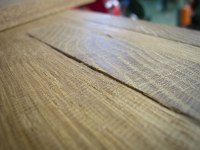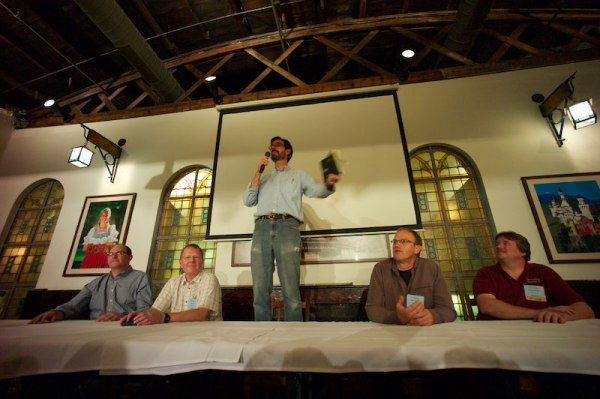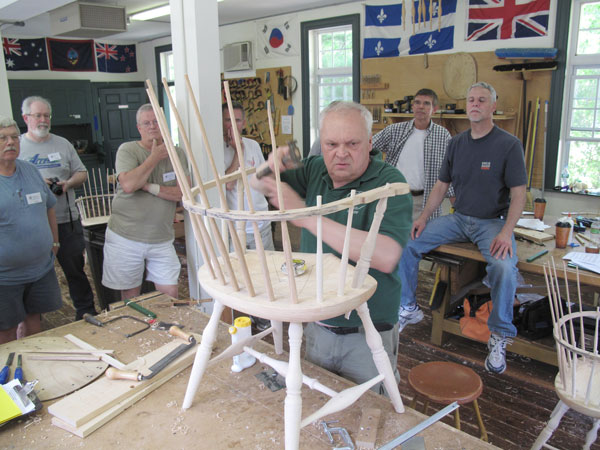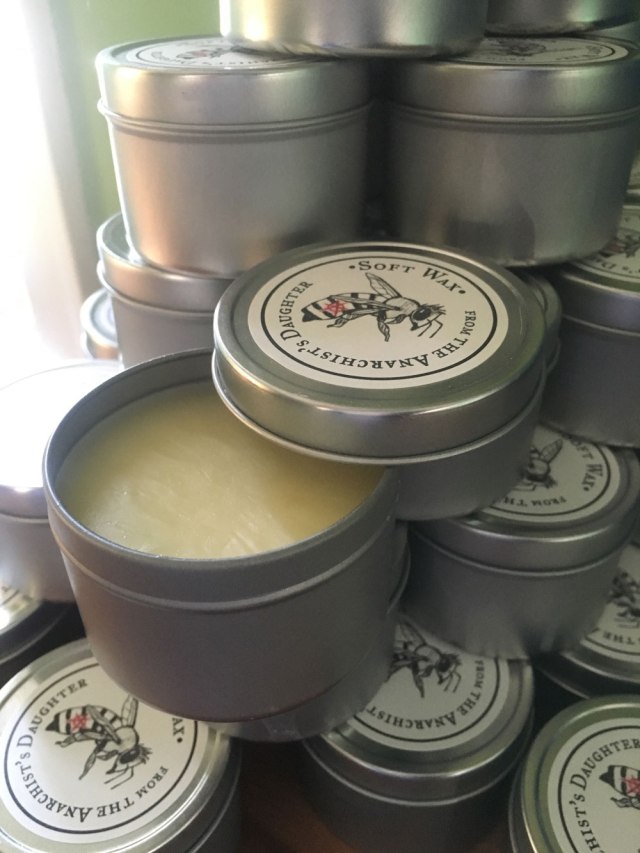Teach Your Children Well –
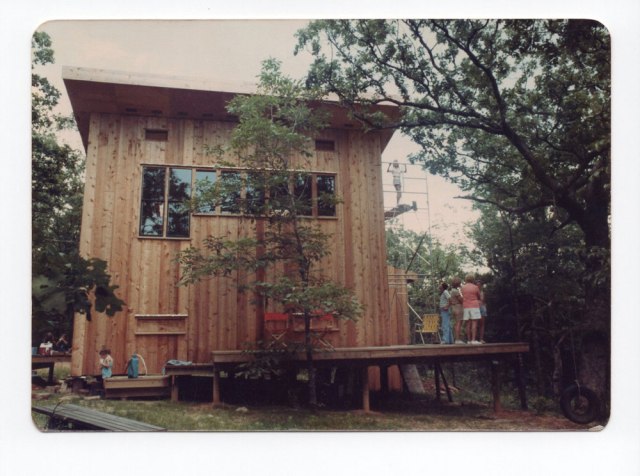
I’ve never pushed woodworking on my daughters. My shop door has always been open to my family, and I’m happy when they elect to hang out there or even help a bit. Perhaps I’m making a serious mistake, but I cannot bear to impose even the most basic skills upon them – sharpening, sawing, drilling, planing, whatever.
Though I know these skills would serve them well, I fear I would inadvertently drag them into the deepest end of my personal obsession. I know this because I have been there, gasping for breath and trying to simply tread water.
Shortly after our family moved to Arkansas in the early 1970s, my parents bought an 84-acre farm outside Hackett on Hill Top Lane. The plan was to design and build a gorgeous home with our own hands and move there, away from the city. We’d raise strawberries in the farm’s bottomland. My mom promised me I could raise goats.
The nice part about this plan was my parents bought a drafting table and a huge quantity of books on carpentry, architecture, hand tools and folkways. I was interested in all of these things and devoured everything I could about water witching, saw sharpening and Prairie-style architecture.
The miserable part of the job was the work itself. My first memory of our farm was digging post holes for the so-called “Little House,” our family’s first foray into Early Rural Hippie Architecture. The foundation was made of reclaimed telephone poles that needed to sit on footers below the frost line. So into the holes we went with tiny spades.
I know this isn’t true, but I felt like we spent almost every weekend at the farm, installing a compost toilet, nailing on decking boards, digging fence post holes, startling the local turkeys and armadillos.

Construction took years. I was probably about eight or nine years old when it began, and by the time I was in junior high we started on the “Big House.” This was an enormous structure with a greenhouse, a huge kitchen for my mom and a beautiful two-story stone chimney. The kids would have their own part of the house, separate from the adults. There would be sleeping porches and a gorgeous view of the Boston Mountains.
By this time my sisters and I were far more interested in our friends than working outside without air conditioning. We resisted every effort to drag us to the farm on the weekends. And eventually my parents relented. My dad continued to work there almost every weekend (as far as I can remember) until my parents divorced when I was 21.
Working on the farm made a deep mark on me. It compelled me to escape Arkansas for the city (I chose Chicago) and do something with my brain instead of my hands and my back. While in college, people asked me what it was like growing up in Arkansas. I would reply: “Just watch the movie ‘Mosquito Coast.’ I consider it a documentary.”
But here’s the funny thing: Three years after graduating from journalism school, I was taking a night course in furniture making. I had set up shop on our back porch in Lexington, Ky. I was reading Fine Woodworking magazine and was back to drowning myself on books on furniture, architecture and mountain craft. In 1996, I sealed my fate by taking a job with Popular Woodworking magazine.
Sometimes I don’t know if I should thank my father (now deceased) or what. It’s complicated.
So I decided to let my daughters find their own way. They know what handmade furniture is like, and they genuinely appreciate it – our house is filled with the stuff. And my shop door is still open to them if they ever decide to stick a toe into this giant lake.
But I’m just not strong enough, willful enough or obsessed enough to push them in.
— Christopher Schwarz
